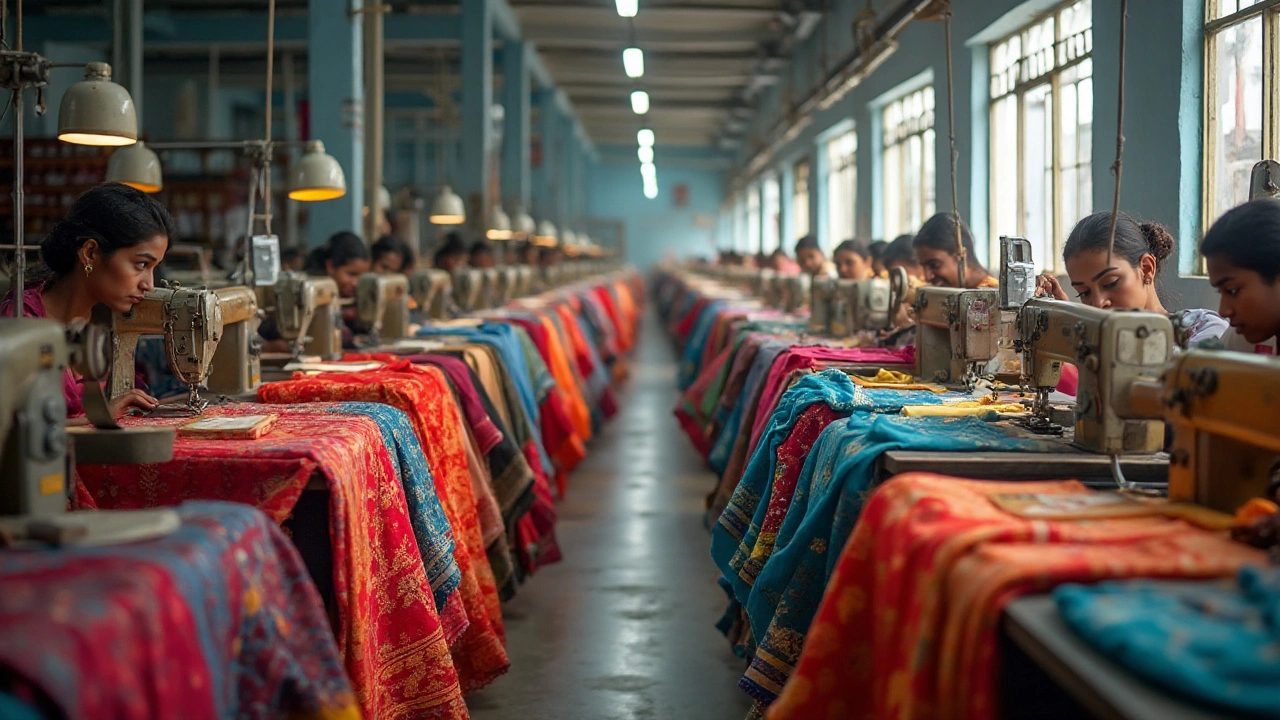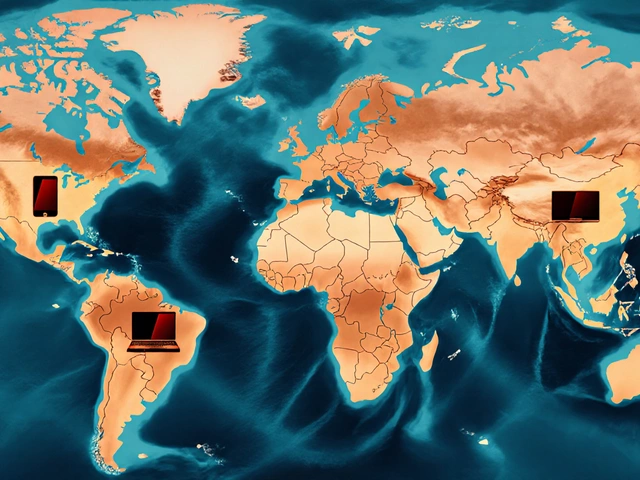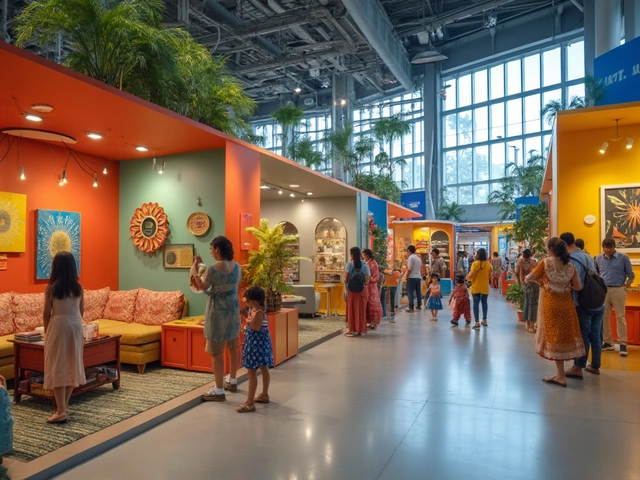Indian Garment Industry: Trends, Challenges & Opportunities
When exploring Indian garment industry, the network of factories, designers, and retailers that create clothing in India, you quickly see how it connects to the broader textile sector, the raw‑material backbone supplying yarn, fabric and accessories and relies on a complex supply chain, the series of steps from fiber production to finished garments delivered to stores. Sustainability has become a key driver, shaping everything from fabric choices to factory energy use. The Indian garment industry encompasses design, fabric manufacturing and distribution, requiring efficient logistics and skilled labor. It also demands compliance with global standards, especially as Indian factories increasingly serve brands like IKEA and other international retailers. As a result, manufacturers are adopting advanced stitching technologies, digital pattern making, and eco‑friendly fibers such as organic cotton and recycled polyester. These shifts are not just buzzwords; they directly affect cost structures, export competitiveness, and the ability to meet fast‑fashion timelines.
Key Themes in India’s Garment Landscape
One major hotspot is Surat, the city that leads India’s textile production with the highest unit count and export share. Surat’s robust infrastructure, access to fine cotton, and cluster of dyeing and finishing units make it a natural hub for garment makers looking to scale quickly. The city’s growth mirrors the wider trend of localized manufacturing, where companies benefit from reduced lead times and better quality control. Meanwhile, the push for local manufacturing ties into broader economic policies that encourage reshoring and support small‑ and medium‑sized enterprises. Articles on local manufacturing benefits highlight how job creation, skills development, and tax incentives boost community prosperity, while also giving brands a tighter grip on ethical compliance.
Global supply chain dynamics also play a huge role. Understanding who makes IKEA furniture, for example, reveals how Indian suppliers integrate into worldwide networks, applying the same standards to apparel production. This cross‑industry insight underscores the importance of transparent sourcing, traceability, and adherence to environmental norms. As Indian garment firms adopt these practices, they unlock access to premium markets in Europe and North America, where consumers demand responsibly made clothing. The combined effect of high‑tech textile hubs, supportive local policies, and global partnership models is reshaping the industry's outlook, making it more resilient and future‑ready. Below, you’ll find a curated collection of articles that dive deeper into these topics, from Surat’s textile dominance to sustainability strategies and supply‑chain best practices.

India, a powerhouse in the textile industry, is home to some of the world's largest garment exporters. This article delves into the top players revolutionizing the Indian garment export market, their strategies, and their impact on the global apparel scene. As one of the major contributors to the national economy, these exporters demonstrate innovation, sustainability, and adaptability in a competitive landscape. From established giants to emerging disruptors, explore how these companies maintain their leadership position. (Read More)








